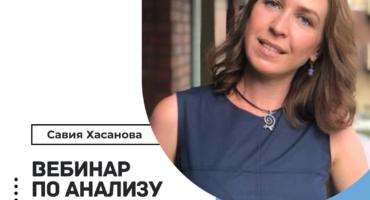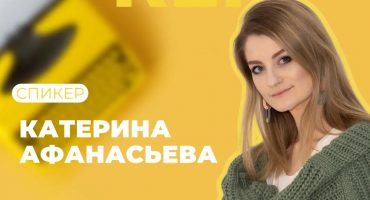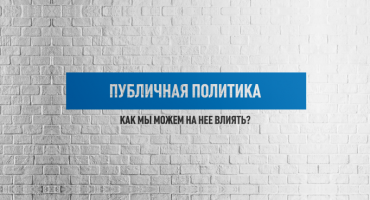The process of checking facts, which is called the “fact-check” or “fact-checking” in many countries, has quickly entered the dimension of both domestic and foreign mass media.
Experts link the development of fact checking with the development of technology and the spread of fake news. However, the main purpose of the work of fact checkers is not to look for lies, but to establish the truth of the facts and compare the information that has been disseminated or published by certain institutions and individuals.
When checking various applications, fact checkers can only use information from open sources, that is, official data.
- Subject or object of research
The object of the research may be public statements by officials and media publications.
Only topics or objects that meet the following criteria can be selected for verification:
– Contain facts and figures.
– Were widespread.
– Have social significance.
– Widely distributed in the media or on social networks.
It should be noted that only information and data obtained from public sources can be recognized as evidence. Use of closed or anonymous sources is not allowed. Since not all statements may be subject to fact checking.
For example, fact checking does not consider forward-looking statements:
– If an official says that “we expect a 20 percent increase in the number of university entrants in the next academic year,” this cannot be verified, as he/she speaks about his expectations for the future.
– Or sometimes officials use the words “in my opinion …”, “I think …”, “it seems to me …” and so on, which are also not checked.
– In addition, a statement consisting of assumptions or approximate data cannot be the subject of a fact check as well: “The cotton production plan has increased by more than 15% compared to last year.”
That is, there are approximate calculations, and not accurate factual data.
- Format or presentation form of fact-material
Fact checking can result in journalistic material in the form of news, articles, audio and video or multimedia reporting prepared according to the following structure:
- Direct speech with reference to the source
- Description of the process for verifying statements or facts in open (official) sources
- Conclusion
Conclusion is one of the main aspects and integral part of fact checking. Every verified material should be completed with a clear conclusion based on official sources. However, if a person (reader) or any known person does not agree with the conclusions of the fact checker, it can be changed if necessary (accurate) data are provided to refute the conclusion made.
- Structure of checking materials
| What has been checked? | | What do you want to check: text or quote, you must include the original in the text of the fact-checking material and explain it |
| How was this checked? | | Show the reader the text you want to check, show how it was checked, what steps were taken, what tools were used while checking. |
| Verdict | | Summarize your conclusion in one or two sentences, i.e. draw a logical conclusion |
- CHECK-LIST – to protect against fake messages
For example, to determine if a message is true or false, consider a few important points:
– Always read the news in full
– Use critical thinking: no one can forbid you to doubt in a certain information
– Always look for the source of news
– Pay attention to the links in the text, study its sources and main purpose of the site
– Never evaluate the material based on the title alone, but pay attention to how the title of the article corresponds to its content
– Pay attention to the name of the author and check it
– Never trust unknown or anonymous sources
– Be sure to pay attention to the date of publication of the message and check it
– Be careful when using information from social networks: before sharing this or that information, first check it and then distribute
– Try to distinguish true news from fake news or see what other media wrote about it.
– And finally, if necessary, contact experts and fact checkers …
P.S. Know that accurate evidence is more important than hype!
6 important online resources for checking photos and videos
- Archive.today is one of the most important online resources that makes a “copy” of a web page, and even if the original page is deleted, the copy will always be online. It also makes text and graphic copies of the page even more accurate and provides a short and reliable link to an unaltered copy of any web page. This can be very useful if you want to make a “copy” of a web page, since there is a possibility that the information on it can be changed: statistics, price lists, job offers, real estate listings, promises of an official, etc. .d.
Saved pages do not contain active elements and scripts, so you will remain safe, because there is nothing harmful in them.
Information, as a rule, can be deleted on the Internet (individual websites) by someone after some time, but using the ArchiveToday service you can save it, by inserting a link to the source in the mentioned resource.
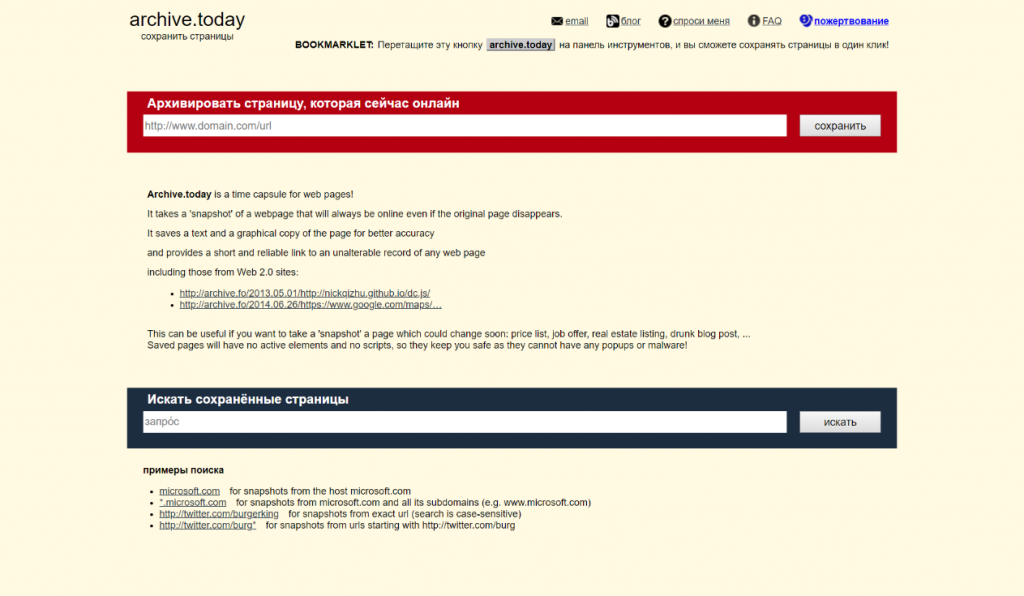
- Analysis – this tool is used to analyze various websites on the Internet. You can also see the results of checking the site and the results of monitoring changes on it. In a word, it is a tool for advertising in search engines.
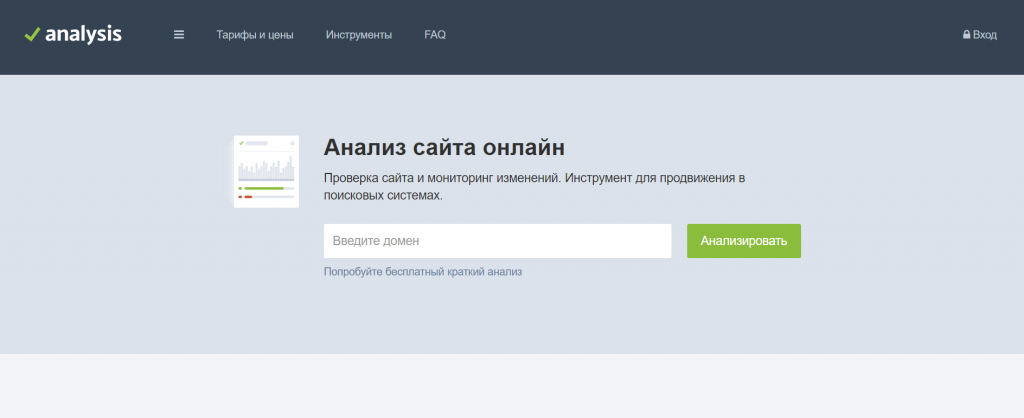
- TinEye is a reverse image search. By using this service, you can find a photo and find out where it was used. Here you can find not only the source of the photo, but also with a high degree of probability to determine when, how and on what online resources the image was changed.
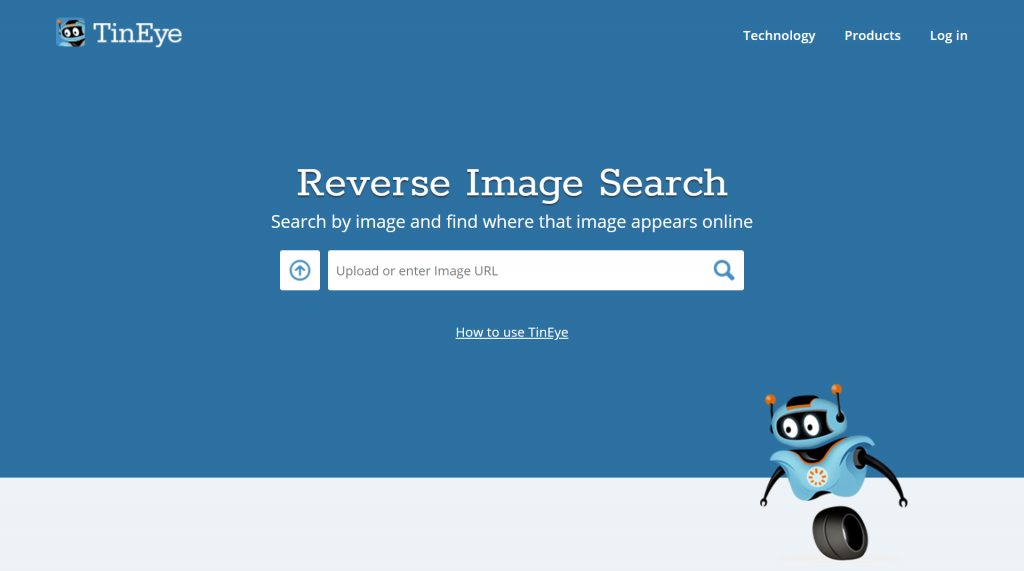
- RevEye Reverse Image Search is a set of reverse image search tools that searches through Google, Yandex, TinEye, Bing and Baidu. This service allows you to search for an image from any site by right-clicking on it. For doing so, you need to go to the Chrome Web Store and install the RevEye Reverse Image Search extension in your browser.
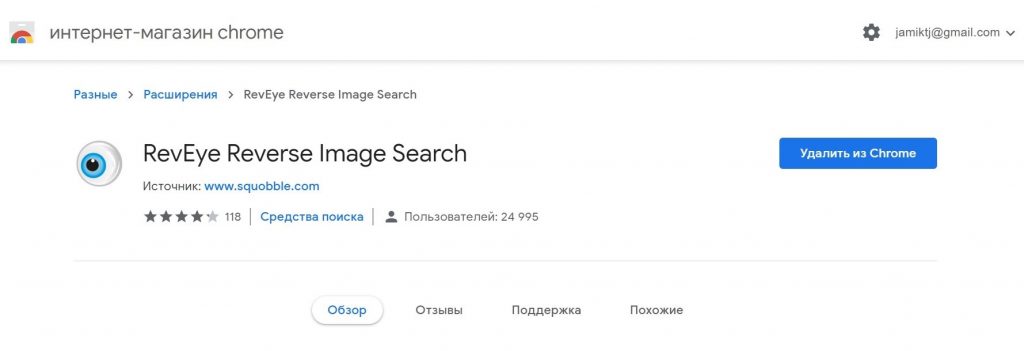
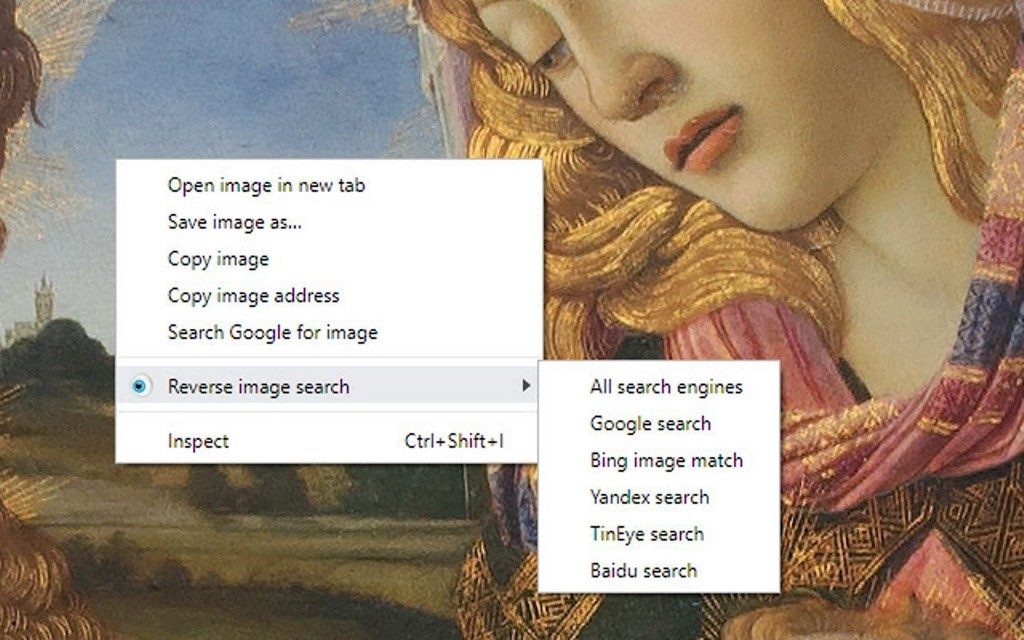
- Image Metadata Viewer – this tool helps to display image metadata or obtain information about a particular photo. All you have to do is select the photo you want to check or upload any photo. After a few seconds, you will find the necessary information about the selected image.
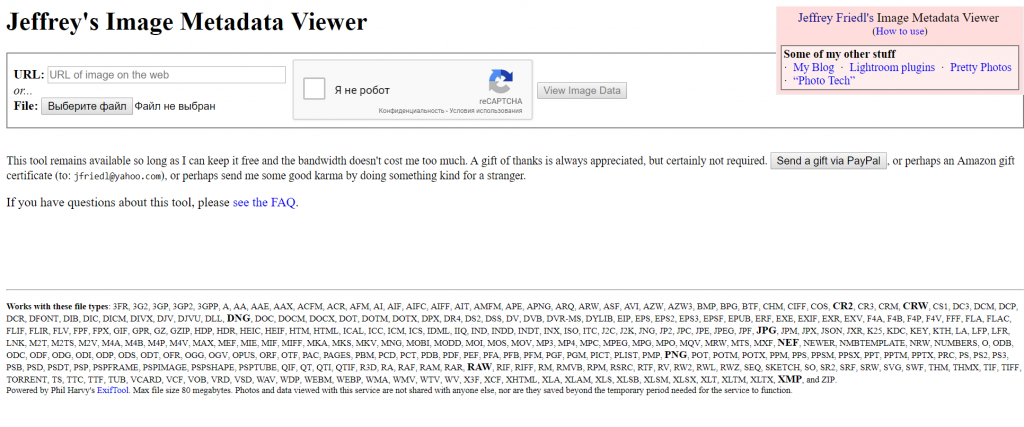
- Youtube DataViewer – this tool has been widely used during crises or natural disasters to check the distributed video clips, including several old videos, and in some cases staged or fake ones. All you have to do is write the name of the service in your browser, find the necessary link to the video, paste it into the appropriate field and it will automatically show the metadata of the video and create several key frames for reverse search. Then, using these frames, you can find the original video on YouTube.
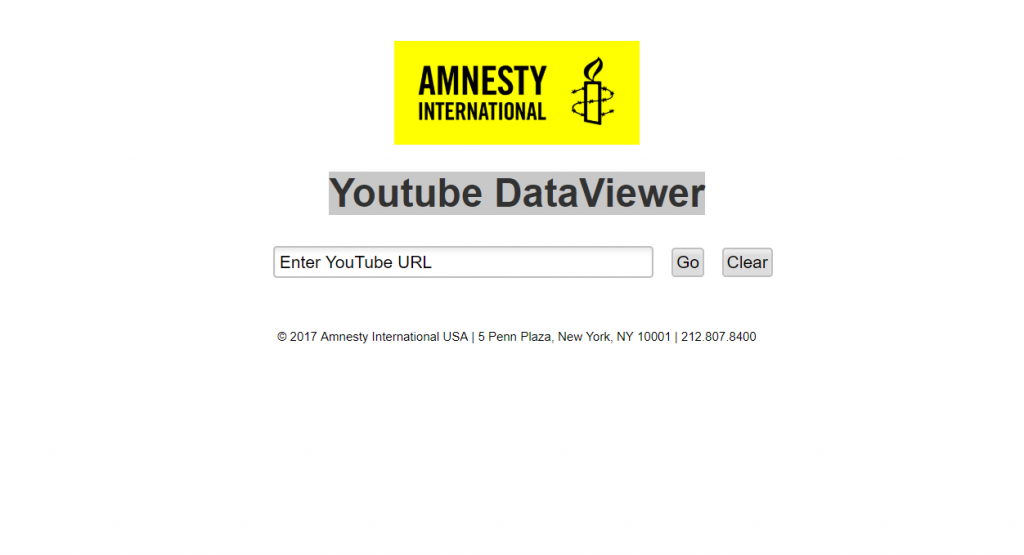
Let us now consider the above mentioned with a concrete example.
- 7 steps to find photo location
Using open sources, we will try to find the location of the building in the photo. To do this, we need to go through only 7 steps.

Step 1
The easiest way to find a photo is to use Google or Yandex search. However, in this case, the search engines for this photo do not provide us with any information.
Step 2
In order for the search engine to be able to find a specific part of the photo as a separate photo, we will have to crop it out. For example, the building in the photo.

Step 3
The cropped image is uploaded to Google and Yandex search. These two search services offer us photographs of similar buildings. Comparing the pictures from the results with what we have, we can quickly identify the building as the Fryderyk Chopin Museum in Warsaw. Next, we find the address of the Chopin Museum on Google: Pałac Gnińskich, 00-368, Okólnik 1, 00-368 Warszawa, Poland (Palak Gniskić, 00-368, Okolnik 1, 00-368 Warsaw, Poland).
Step 4
Go to Google Maps and find the address of the Chopin Museum. One of the advantages of Google Maps is the presence of the function of showing cities in the 3D model mode, which can be turned on with a button in the menu on the right. But cities and regions of Tajikistan are not yet included in their number, and we hope that they will appear on the Maps in the coming years. Return the map to satellite mode located in the lower left corner of Google Maps. Then simultaneously press the Ctrl key and the left mouse button and look at our museum from several sides.
Step 5
Let us compare the appearance of the building with our photos. Let us find out which side of the Chopin Museum was photographed (hint – Bridge).
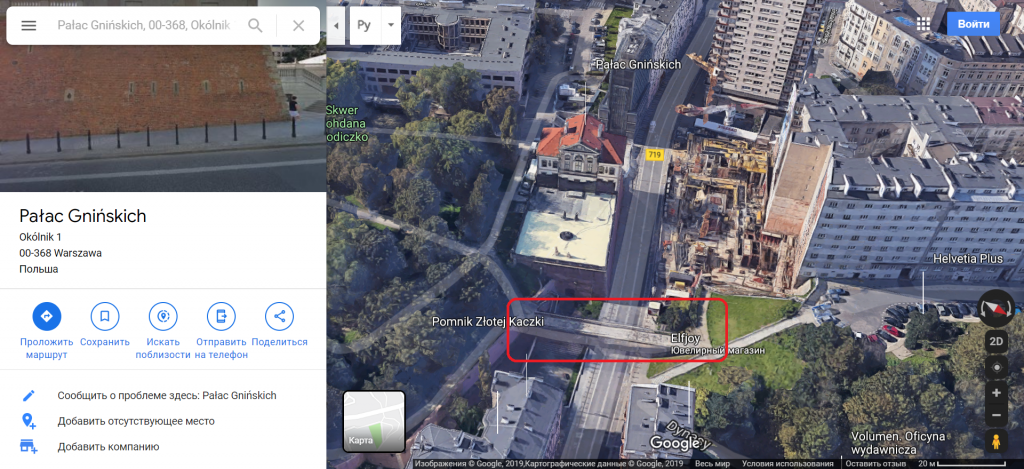
Step 6
Now we need to determine which house this photograph was taken from. On the right side of the phone we can see a building. By external signs, we find the only building on the map where such a photo can be taken from.
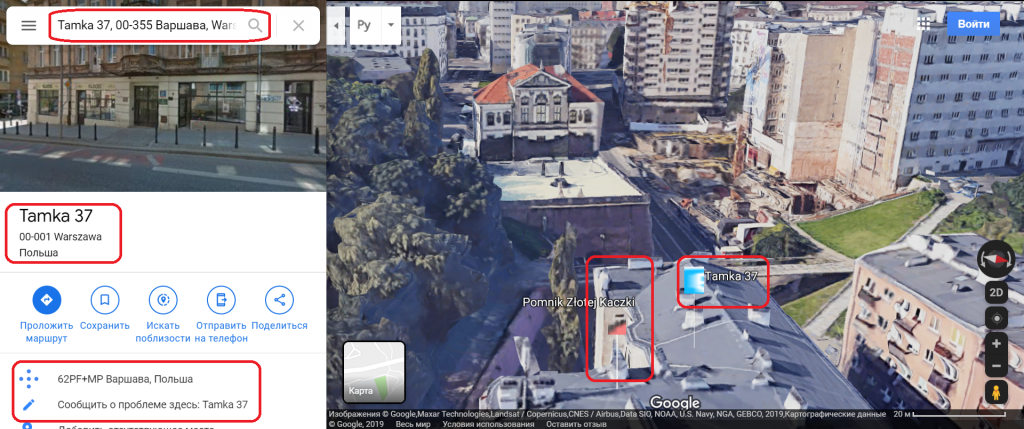
If you click on the top of the building on Google Maps with the left mouse button, you can find its address: Tamka 37.
Step 7
The next setep is to determine which window the picture was taken from. To do this, we need a view of the streets, sidewalks, and avenues. Drag the little yellow person from the lower right corner of Google Maps, bring it closer to the windows of the house and find the best viewing angle. For example, from the side of the bridge.
Considering that the bridge is located approximately on the 3rd floor of the building and is located much lower than in the original photographs, it can be assumed that the photo was taken from the window of the apartment on the 4th floor.
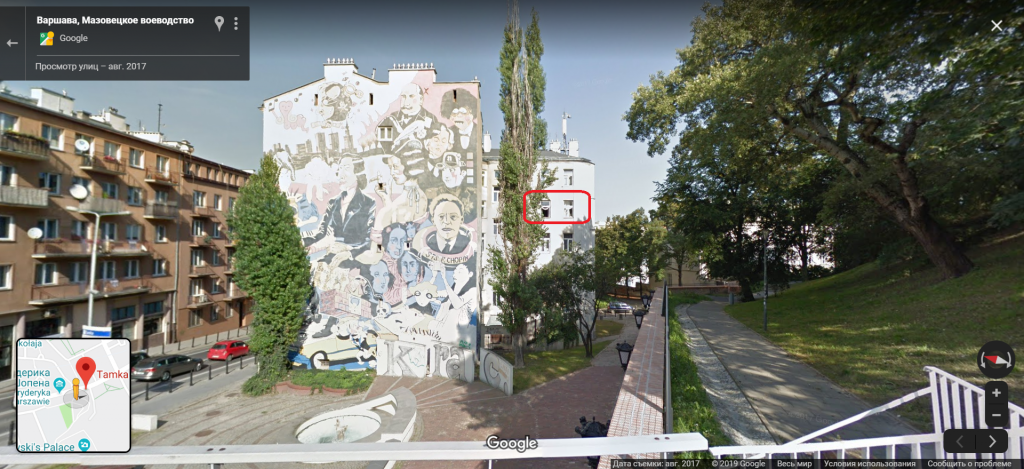
Additional literature
- Alexander Gorokhovsky. Далелсанҷӣ чун раванди нав дар ЖТ (Имкониятҳо ва дурнамо). 2018
- Alexander Gorokhovsky. Fact check as a trend of journalistic investigations (Opportunities and prospects). 2018
If you have found a spelling error, please, notify us by selecting that text and pressing Ctrl+Enter.



